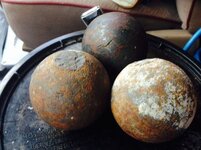Ihatepoisonivy
Full Member
- Feb 22, 2013
- 229
- 264
- Primary Interest:
- All Treasure Hunting
Yes
Attachments
Last edited:
Upvote
8










